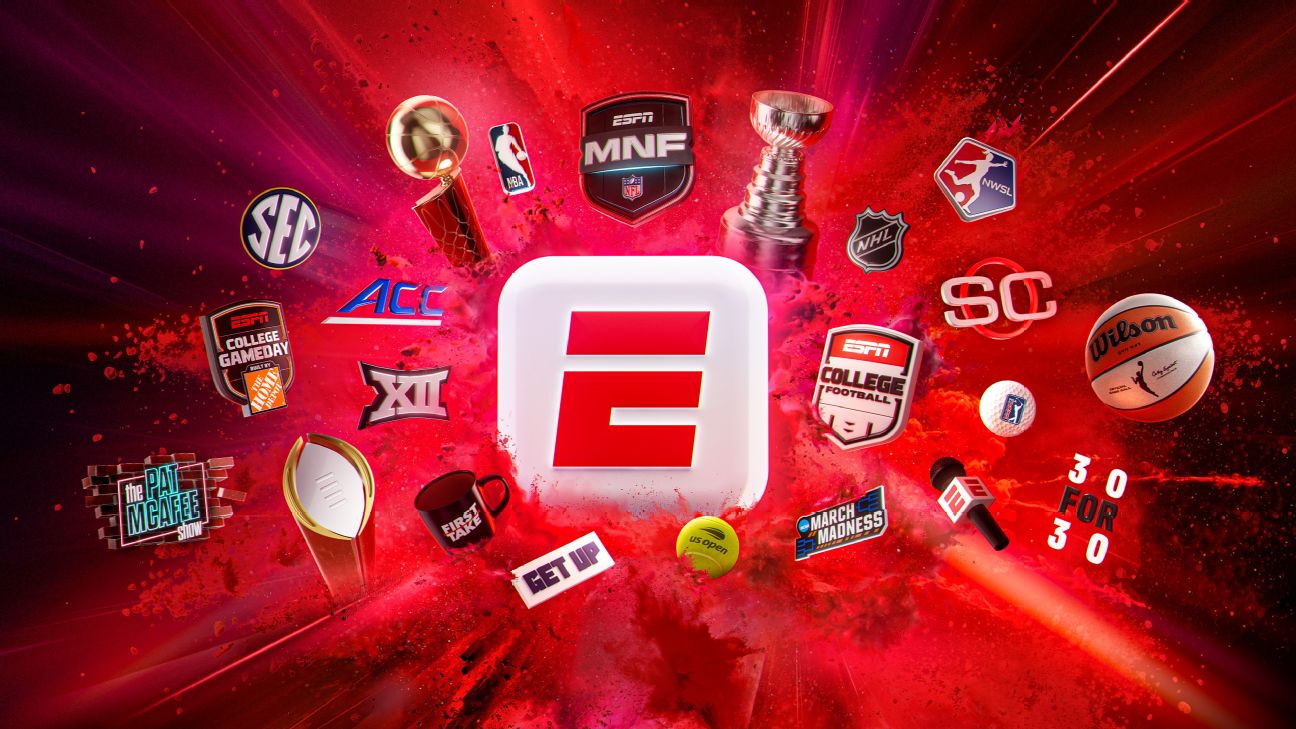Some 24 hours ahead of the expiration of the WNBA’s collective bargaining agreement, the league and the WNBPA agreed to a 30-day extension of the current CBA as the sides work toward a new deal.
More than a year ago, the WNBPA opted out of the CBA, giving the union and the league about a year to create a new «transformative» deal that could build off the enormous growth the WNBA has experienced over the past few years.
Tensions between both sides escalated in recent months, and there was never an indication a deal would get done before Friday’s deadline.

Watch your favorite events in the newly enhanced ESPN App. Learn more about what plan is right for you. Sign Up Now
The league, on its part, has insisted it has offered an «uncapped revenue sharing model that is directly tied to the league’s performance.» And it has continued to maintain that it wants to, as WNBA commissioner Cathy Engelbert put it during the WNBA Finals, «balance the significant increase in salaries and benefits with the long-term viability of the league» and that so far «the Players Association has yet to offer a viable economic proposal.»
Front Office Sports reported earlier this month that the league’s proposal included a supermax salary around $850,000 and the veteran minimum around $300,000, but it is thought that those figures have changed since then. In 2025 under the current CBA, those numbers were $249,244 and $66,079, respectively.
What other priorities are top of mind at the bargaining table?
The players have articulated several other priorities dating to when they opted out of the current CBA in October 2024. Establishing minimum professional standards in facilities and staffing is one, as is, relatedly, codifying the league’s charter travel program that was introduced at the beginning of the 2024 season.
Expanding retirement and pregnancy/family planning benefits have also been at the forefront of players’ minds. After 40-plus players met with the league ahead of All-Star Weekend in late July, Breanna Stewart, a vice president with the WNBPA, said that the only two bullet points both sides had agreed on at that time had to do with those topics.
Prioritization, a set of rules that requires WNBA players competing in other leagues to show up in time for WNBA training camp or else be suspended for the entire season, became a controversial topic after it was introduced in the last CBA. But it’s unlikely owners would want to loosen those rules, especially amid expected salary increases in the league.
Players have also expressed a desire to weaken or abolish entirely the «core» system, akin to the NFL’s franchise tag, which was already largely reduced in the last CBA.
What about this condensed offseason schedule? What needs to happen before the next season can start?
A lot, starting with an expansion draft for the Portland Fire and Toronto Tempo, which can’t happen until new roster rules are finalized as part of the CBA negotiations. Once that’s concluded, free agency offers unprecedented uncertainty with nearly half of the league’s players unrestricted.
The situation is very different from the one previous CBA negotiations that dragged well into the spring in 2003. That CBA introduced free agency for the first time, and only for a limited number of players, meaning the league could go from preliminary agreement with players on a deal April 18 to training camp starting two weeks later on May 1 — with both the WNBA draft and a dispersal draft in between.
We did see the NBA go from a preliminary agreement to end its 2011 lockout on Nov. 26 to training camps beginning Dec. 9, less than two weeks later, but the league was able to hold free agency at the same time. That’s not realistic given the scope of WNBA free agency, and the new CBA could overhaul the salary cap in the WNBA more dramatically than we’ve seen from one NBA deal to the next.
As a result, about three weeks is the fastest the WNBA could realistically hope to go from agreement on a deal to holding practices. Ideally, of course, the league wants progress toward an agreement by early January to avoid delaying the typical offseason schedule too substantially. That’s especially important for the Fire and Tempo, who could stand to promote their inaugural season by having actual players on their roster.
















